Search the Special Collections and Archives Portal
Search Results
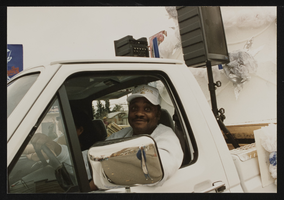
Martin Luther King Jr. parade, Culinary Union, Las Vegas (Nev.), 1995 January 14 (folder 1 of 4), image 26
Date
1995-01-14
Description
Arrangement note: Series I. Demonstrations, Subseries I.B. Other Demonstrations and Strikes
Image

Martin Luther King Jr. parade, Culinary Union, Las Vegas (Nev.), 1995 January 14 (folder 1 of 4), image 27
Date
1995-01-14
Description
Arrangement note: Series I. Demonstrations, Subseries I.B. Other Demonstrations and Strikes
Image
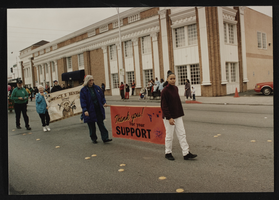
Martin Luther King Jr. parade, Culinary Union, Las Vegas (Nev.), 1995 January 14 (folder 1 of 4), image 28
Date
1995-01-14
Description
Arrangement note: Series I. Demonstrations, Subseries I.B. Other Demonstrations and Strikes
Image

Martin Luther King Jr. parade, Culinary Union, Las Vegas (Nev.), 1995 January 14 (folder 1 of 4), image 29
Date
1995-01-14
Description
Arrangement note: Series I. Demonstrations, Subseries I.B. Other Demonstrations and Strikes
Image
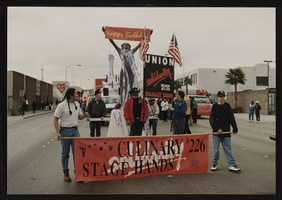
Martin Luther King Jr. parade, Culinary Union, Las Vegas (Nev.), 1995 January 14 (folder 1 of 4), image 30
Date
1995-01-14
Description
Arrangement note: Series I. Demonstrations, Subseries I.B. Other Demonstrations and Strikes
Image
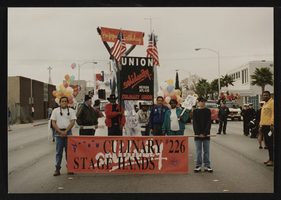
Martin Luther King Jr. parade, Culinary Union, Las Vegas (Nev.), 1995 January 14 (folder 1 of 4), image 31
Date
1995-01-14
Description
Arrangement note: Series I. Demonstrations, Subseries I.B. Other Demonstrations and Strikes
Image
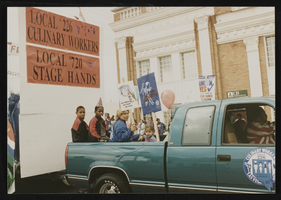
Martin Luther King Jr. parade, Culinary Union, Las Vegas (Nev.), 1995 January 14 (folder 1 of 4), image 32
Date
1995-01-14
Description
Arrangement note: Series I. Demonstrations, Subseries I.B. Other Demonstrations and Strikes
Image
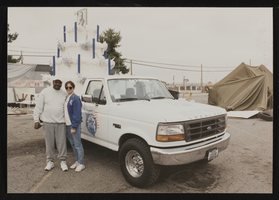
Martin Luther King Jr. parade, Culinary Union, Las Vegas (Nev.), 1995 January 14 (folder 1 of 4), image 33
Date
1995-01-14
Description
Arrangement note: Series I. Demonstrations, Subseries I.B. Other Demonstrations and Strikes
Image
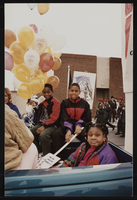
Martin Luther King Jr. parade, Culinary Union, Las Vegas (Nev.), 1995 January 14 (folder 1 of 4), image 34
Date
1995-01-14
Description
Arrangement note: Series I. Demonstrations, Subseries I.B. Other Demonstrations and Strikes
Image
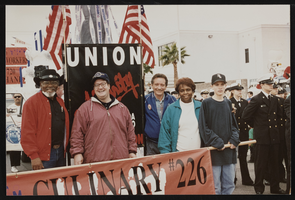
Martin Luther King Jr. parade, Culinary Union, Las Vegas (Nev.), 1995 January 14 (folder 1 of 4), image 35
Date
1995-01-14
Description
Arrangement note: Series I. Demonstrations, Subseries I.B. Other Demonstrations and Strikes
Image
Pagination
Refine my results
Content Type
Creator or Contributor
Subject
Archival Collection
Digital Project
Resource Type
Year
Material Type
Place
Language
Records Classification
